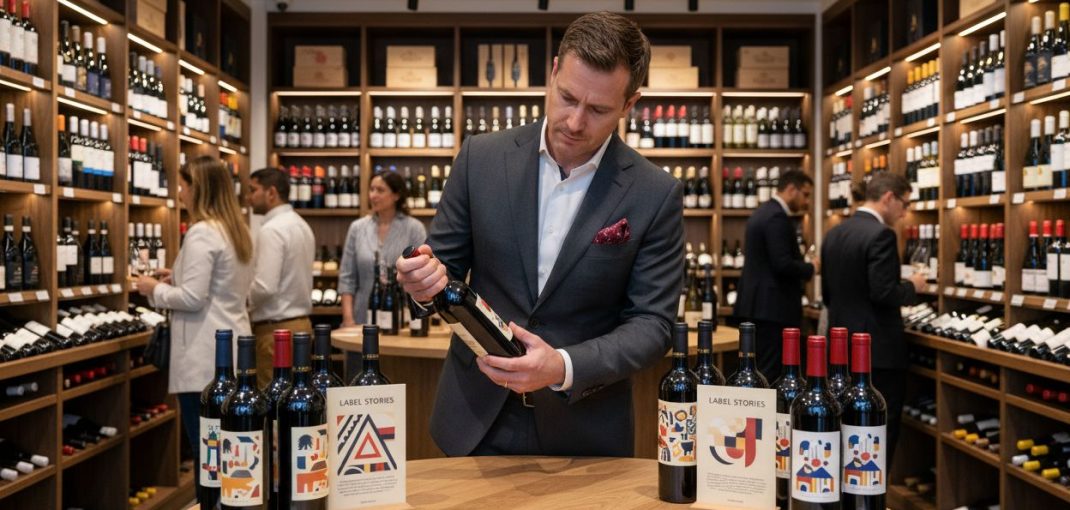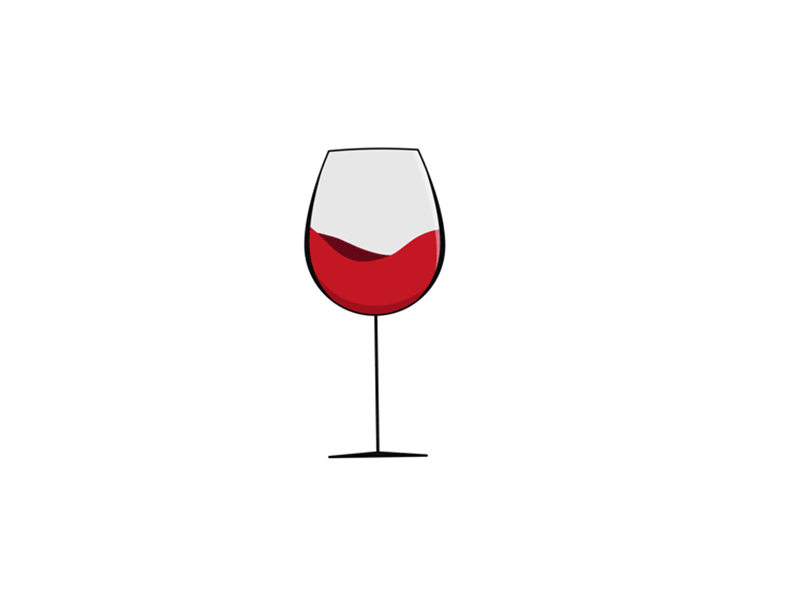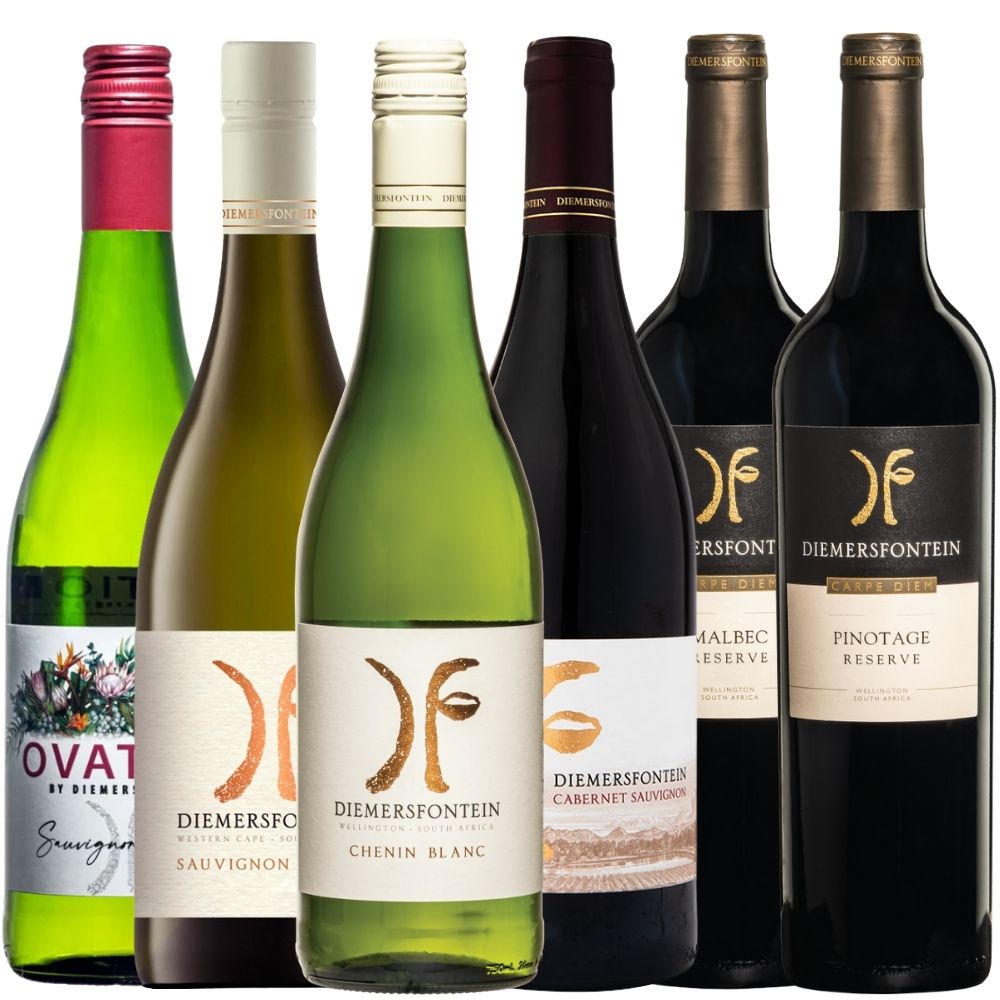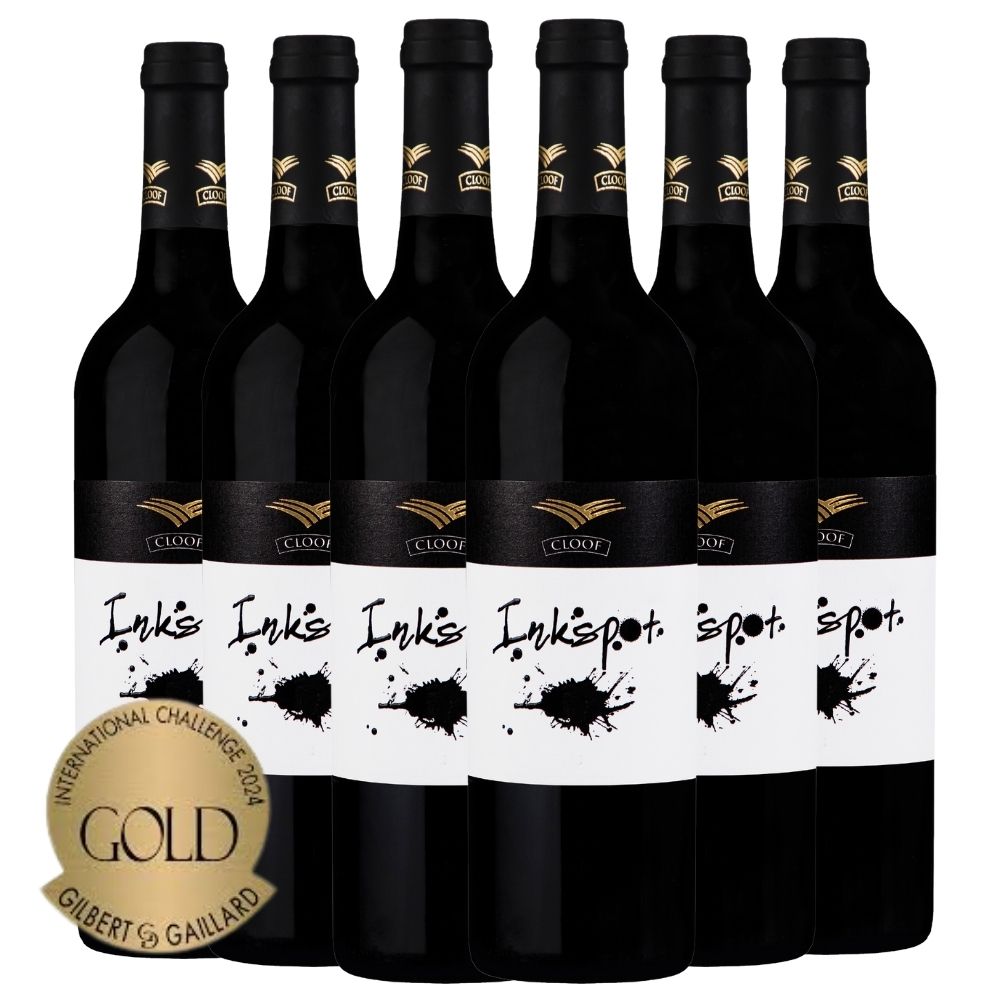Over
70 per cent of wine buyers say label design influences their choice before they even read the name. Wine labels are more than pretty pictures. They tell stories, spark emotions, and reveal a winery’s identity in a single glance. The way a bottle looks often shapes first impressions, inviting you to discover the passion, heritage, and artistry that go into each pour.
Key Takeaways
| Point |
Details |
| Wine Labels as Storytellers |
Wine labels serve as visual storytelling platforms that convey the essence, culture, and individuality of the wine inside. |
| Cultural and Artistic Evolution |
Modern labels reflect a shift from traditional aesthetics to innovative designs that evoke curiosity and connect consumers to the wine’s heritage. |
| Impact on Branding |
Artistic expression in label design fosters emotional connections between consumers and wineries, enhancing brand identity and loyalty. |
| Misconception of Superficiality |
Wine labels are critical communication tools that influence purchasing decisions and demystify wine culture through engaging design. |
Table of Contents
Defining Wine Label Art Stories
Wine labels are far more than just decorative stickers on bottles – they’re visual storytellers that capture the spirit, imagination, and soul of what’s inside.
Wine label art has evolved from traditional, formal designs to provocative, artistic expressions that invite conversation and spark curiosity.
According to
research from Visi, South African wine labels have dramatically transformed from aristocratic family crests to idiosyncratic, creative narratives that engage consumers through visual storytelling. This shift represents more than aesthetic change – it’s a cultural revolution in how winemakers communicate their craft.
The power of these labels goes beyond mere decoration. A fascinating
dataset from WineSensed reveals nearly 900,000 wine label images paired with consumer reviews, demonstrating how visual design profoundly influences wine perception and purchasing decisions. Modern wine labels now serve multiple functions:
- Emotional Connection: Creating an immediate visual narrative
- Brand Identity: Expressing the winery’s unique personality
- Cultural Storytelling: Representing regional heritage and winemaking philosophy
- Consumer Engagement: Inviting curiosity and conversation before the first sip
For wine lovers, these artistic labels are doorways into understanding – tiny canvases that whisper stories of terroir, tradition, and the passionate humans behind each bottle.
Types Of Wine Label Art And Inspiration
Wine labels have become vibrant canvases where creativity, culture, and storytelling intersect, transforming what was once a simple identifier into an art form that speaks volumes about the wine’s origin, personality, and soul.
Wine label design has evolved far beyond traditional typography and family crests, embracing diverse artistic approaches that capture imagination.
Saronsberg’s Black Square series represents a revolutionary approach to wine label art, functioning as a ‘gallery-on-a-label’ that features curated works by contemporary South African artists. Each release becomes a unique artistic statement, turning the wine bottle into a mobile art exhibition that challenges traditional marketing strategies.
Some compelling types of wine label art include:
- Cultural Textile Inspirations: Labels using vibrant patterns drawn from traditional South African textiles, embedding local heritage directly into the design
- Abstract Minimalism: Clean, geometric designs that communicate sophistication and modernity
- Narrative Illustrations: Hand-drawn or digital artwork that tells a specific story about the wine’s origin or winemaker’s journey
- Photographic Labels: High-quality images that capture landscapes, winemaking processes, or symbolic representations
As
one South African red blend project demonstrated, cultural motifs can be beautifully integrated into classic label layouts using colourful foil patterns that celebrate local artistic traditions. These designs do more than decorate – they communicate identity, provoke conversation, and invite wine lovers into a deeper appreciation of the craft.
Here’s a comparison of popular wine label art styles and their key influences:
| Label Art Style |
Key Characteristics |
Typical Inspirations |
| Cultural Textile |
Vibrant patterns, rich colours |
South African fabrics
Local heritage |
| Abstract Minimalism |
Clean lines, geometric shapes |
Modern art
Contemporary design |
| Narrative Illustration |
Storytelling artwork, unique visuals |
Winemaker’s journey
Wine origin |
| Photographic Labels |
High-res images, realistic depiction |
Landscapes
Winemaking scenes |
Role Of Art In Branding And Storytelling
Art transforms wine labels from mere product identifiers into powerful narrative platforms that communicate far more than varietal and vintage.
Branding through artistic expression allows wineries to forge deep emotional connections with consumers, turning each bottle into a storytelling medium that transcends traditional marketing approaches.
Skaap Wines exemplifies this approach brilliantly by partnering with underprivileged local artists to create unique label artwork. Each wine variety features a distinctive sheep artwork crafted by recycled-material artists, simultaneously reinforcing the brand’s social mission and creating a compelling narrative that extends beyond the wine itself.
Some key ways art drives branding and storytelling include:
- Visual Heritage: Connecting brand history with contemporary design
- Social Impact: Highlighting community relationships and ethical commitments
- Emotional Resonance: Creating immediate visual connections with consumers
- Cultural Representation: Embedding local artistic traditions into brand identity
Steenberg’s flagship labels demonstrate another sophisticated approach, blending historical imagery with contemporary design. By incorporating embossed visuals of their historic cellar, founder Catharina Ras, and symbolic swans, they weave together narratives of lineage, elegance, and terroir. These artistic choices transform packaging into a rich storytelling canvas that invites consumers to explore the wine’s deeper context and emotional landscape.
South African Label Designs And Trends
South African wine labels have emerged as dynamic canvases that celebrate local creativity, cultural diversity, and innovative storytelling.
Contemporary wine design in South Africa goes far beyond traditional aesthetics, transforming each bottle into a powerful medium of artistic and cultural expression.
Hazendal’s Artists’ Series represents a cutting-edge approach, collaborating with renowned South African artist Athi-Patra Ruga to create limited-edition MCC labels that merge performance-inspired imagery with deep cultural perspectives. This collaboration exemplifies how modern wine branding transcends marketing, becoming a platform for artistic dialogue and cultural representation.
Emerging trends in South African wine label design showcase remarkable innovation:
- Topographical Storytelling: Using regional landscapes and geographical features as design elements
- Cultural Fusion: Integrating traditional artistic motifs with contemporary graphic design
- Sustainable Design: Incorporating eco-friendly materials and production techniques
- Interactive Elements: Creating labels with die-cut or textural features that engage consumers
The Rotocon student design competition highlights the incredible emerging talent in this space. Mufaro Ncube’s award-winning ‘The Point’ label, which uses Cape Town’s topography as a die-cut design, perfectly illustrates how young South African designers are reimagining wine packaging as a storytelling medium that connects geography, art, and wine in a single, elegant gesture.
Common Label Misconceptions And Real Impacts
Many people mistakenly view wine labels as mere decorative elements, but the reality is far more nuanced and powerful.
Wine label design has evolved into a sophisticated communication tool that goes beyond aesthetic appeal, serving as a critical bridge between winemakers and consumers.
Research from Visi challenges the misconception that label beauty is superficial, revealing that design aesthetics can actively drive consumer engagement and demystify wine culture. Instead of intimidating potential buyers, modern labels aim to create approachability and spark curiosity about the wine’s origin and character.
Key misconceptions about wine labels include:
- Decoration is Meaningless: Labels are strategic storytelling platforms
- Price Determines Design Quality: Creativity trumps expensive production
- Traditional Equals Serious: Modern designs can convey sophistication
- Labels Don’t Influence Purchasing: Visual storytelling significantly impacts consumer choices
Orpheus & The Raven’s international recognition perfectly illustrates how narrative-driven label art can elevate brand perception. Their runner-up status in global wine design awards demonstrates that thoughtful, bold label design is not just about looking good—it’s about communicating a wine’s unique identity, capturing imagination, and creating an emotional connection that extends far beyond the bottle itself.
Discover Artful Wine Stories You Can Taste
Too often, wine shopping feels confusing or impersonal, especially when you crave a deeper connection with what is in your glass. If the article got you curious about the power of wine label art and real storytelling, you are not alone. Many South Africans are looking for wines that go beyond just a pretty label. You want character, authenticity, and a story you can share. Our
Labelled Wines collection at Vinty brings that vision to life. Each bottle features crafted labels that capture regional heritage, creative journeys, and honest identities. No pretence, just stories waiting to be uncorked.
Do you feel ready to turn inspiration into experience? Explore unique small-batch wines that put meaningful design and storytelling first. Visit
Vinty.co.za for our latest featured releases. Take the next step and let your next wine tell a story worth sharing.
Frequently Asked Questions
What are wine labels made of?
Wine labels are typically made from paper or synthetic materials, often featuring high-quality designs that tell a story about the wine and its winery.
How do wine labels influence consumer choices?
Wine labels play a crucial role in consumer engagement by providing visual storytelling, emotional connections, and brand identity, significantly impacting purchasing decisions.
What types of artistic styles are popular in wine label design?
Popular artistic styles include cultural textile inspirations, abstract minimalism, narrative illustrations, and photographic labels, each offering unique elements that reflect the wine’s identity.
Why is storytelling important in wine label art?
Storytelling in wine label art creates an emotional resonance and heritage connection, enriching the consumer’s experience and fostering a deeper appreciation for the wine and its origin.
Recommended







